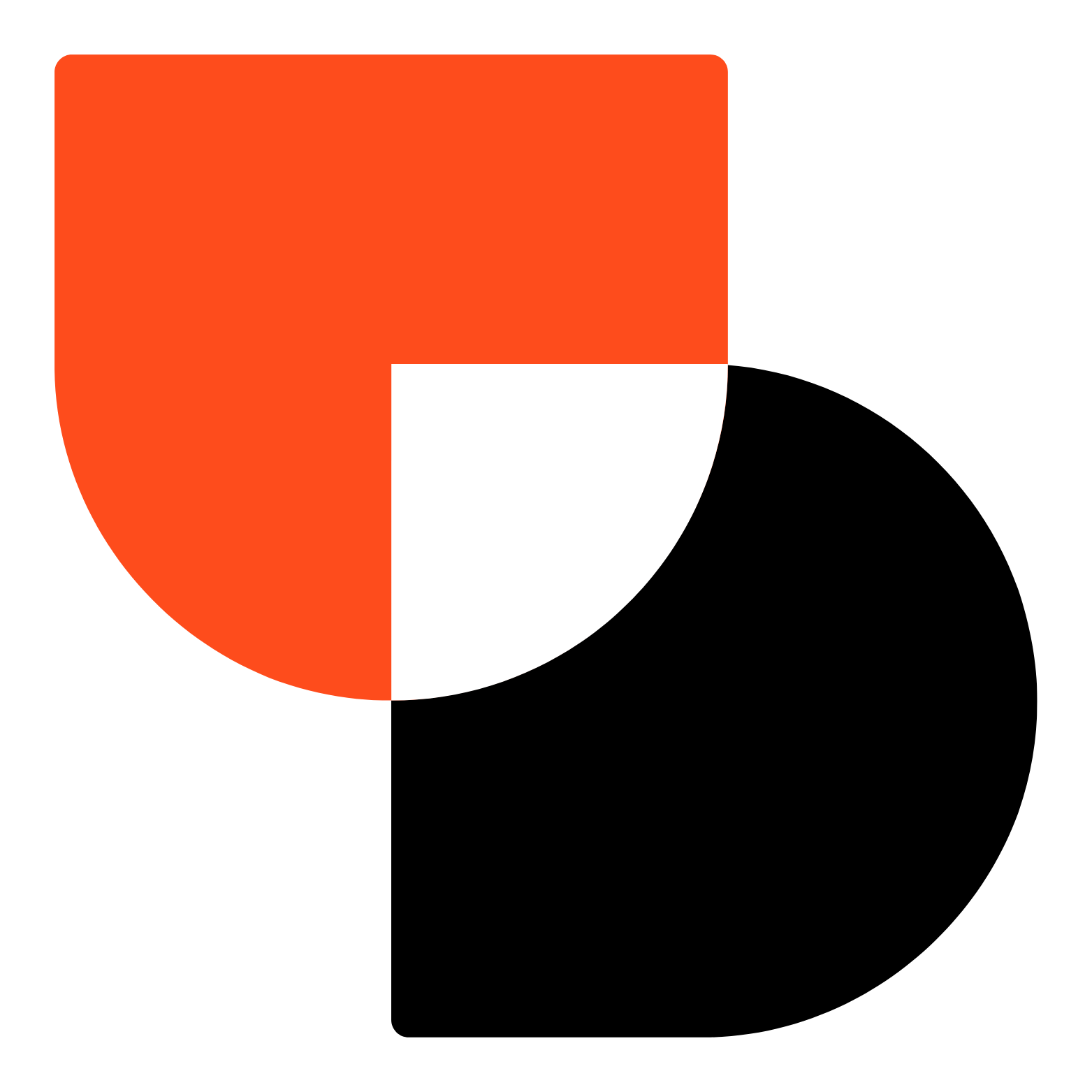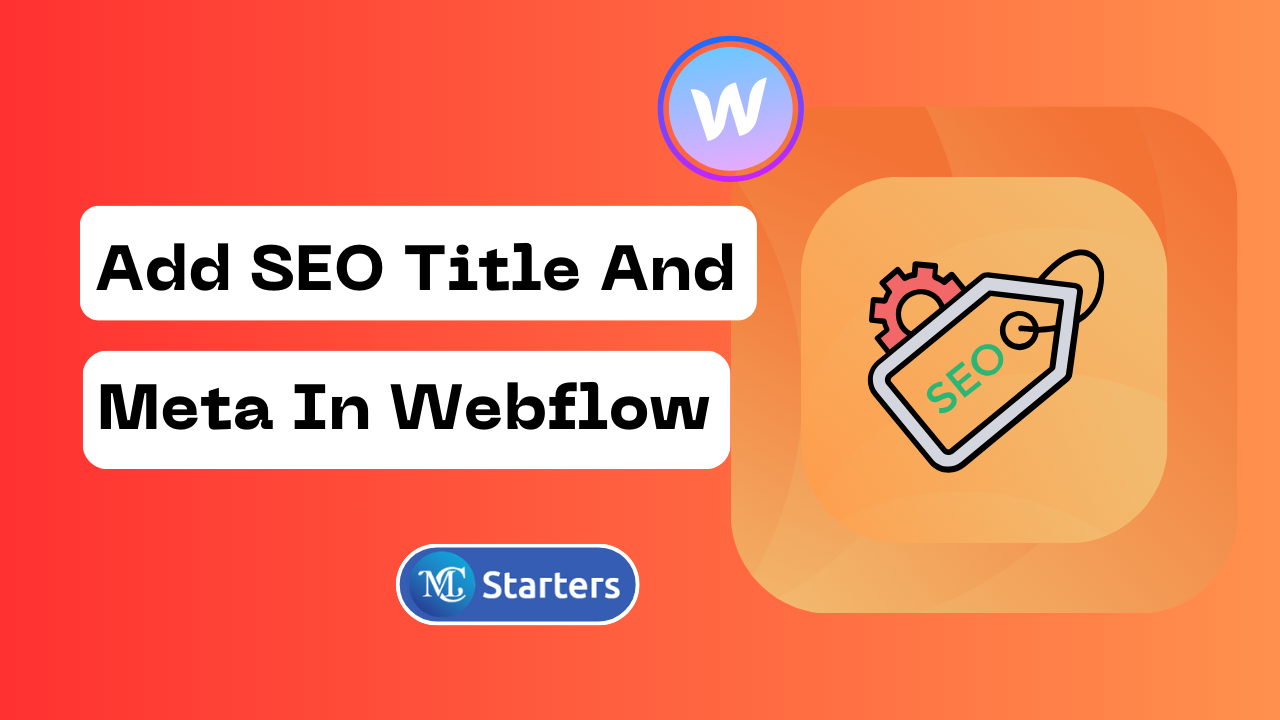Webflow and the future of website personalization: Leveraging data to create tailored experiences

Webflow and the Future of Website Personalization: Leveraging Data to Create Tailored Experiences
The digital age has transformed the way we interact with businesses. With a click of a button, we can now browse through products, services, and information that was once only accessible in physical locations. As a result, businesses are turning to digital platforms to create tailored experiences that cater to their customers’ needs.
Expert Webflow Specialist for Custom Website Design
Webflow is a website builder that allows businesses to create websites without coding knowledge. It provides a range of features that make it possible to create websites that are not only visually appealing but also optimized for search engines. One of the most exciting features of Webflow is its ability to integrate with third-party tools to create personalized experiences for website visitors.
Website personalization involves creating unique experiences for visitors based on their behavior and preferences. It involves using data to create targeted content, offers, and experiences that cater to specific audience segments. Personalization is essential in today’s digital landscape because customers expect brands to understand their needs and provide relevant solutions.
Webflow provides businesses with the tools to create personalized experiences for their website visitors. Here are some of the ways that Webflow is shaping the future of website personalization:
Dynamic Content
Webflow’s dynamic content feature allows businesses to create content that changes based on the visitor’s behavior. For example, if a visitor has previously viewed a product or service, the website can display related content on subsequent visits. This type of personalization increases the likelihood of conversion by providing visitors with relevant information.
Forms
Webflow’s form feature allows businesses to create forms that collect data from visitors. This data can be used to create personalized experiences, such as email campaigns, product recommendations, and targeted content. By collecting data through forms, businesses can understand their customers better and provide them with more personalized solutions.
Integrations
Webflow integrates with several third-party tools that allow businesses to create personalized experiences. For example, Webflow can integrate with email marketing tools like Mailchimp, allowing businesses to create personalized email campaigns based on visitor behavior. It can also integrate with customer relationship management (CRM) tools like HubSpot, enabling businesses to create personalized experiences based on customer data.
A/B Testing
Webflow’s A/B testing feature allows businesses to test different variations of their website to determine which performs better. This feature is particularly useful for website personalization because it allows businesses to test personalized content against generic content. By doing so, they can determine which type of content is more effective in converting visitors.
Conclusion
In conclusion, website personalization is becoming increasingly important in today’s digital landscape. Customers expect brands to understand their needs and provide relevant solutions. Webflow provides businesses with the tools to create personalized experiences for their website visitors. Its dynamic content, form, integration, and A/B testing features make it a powerful platform for website personalization.
As businesses continue to focus on creating personalized experiences, Webflow is likely to play an increasingly important role in the future of website personalization. You may also interested to read more about The benefits of using Webflow for e-commerce website development.




